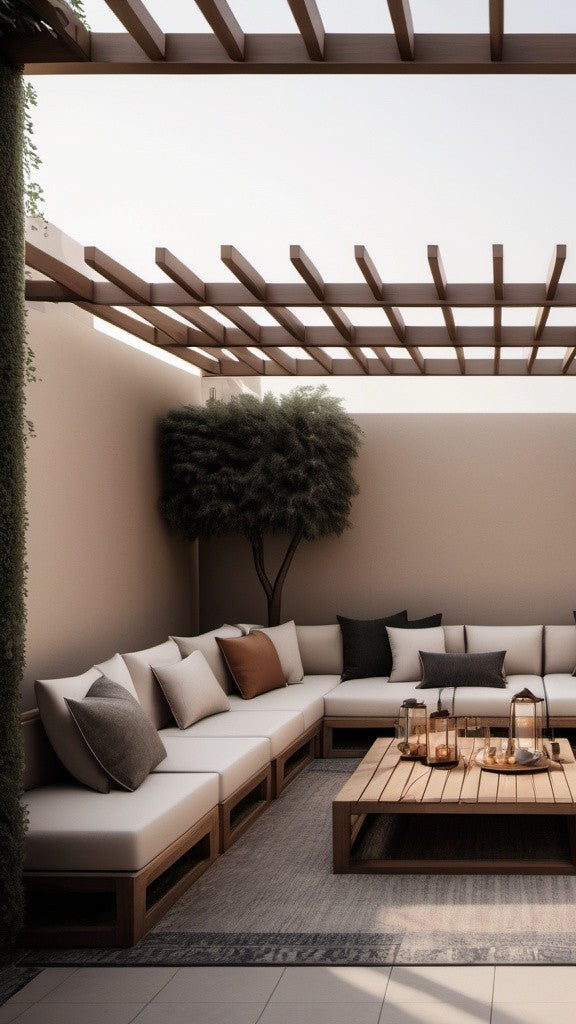
Enhancing Longevity Through Modular Design
Share
Being part of an industry that is so closely linked with the lived experience of each person, the values of intricately aligning aesthetics, functionality and sustainability is woven into our very existence. We recognized right off the bat that it is our responsibility to create pieces that our users end up loving to purchase, and recognizing that if sustainability is built-in, it doesn't need to be particularly prioritized by the buyer as a decision point.
Evolving from this thought process, modularity emerged as a key principle, not only for its versatility but also for the profound role it plays in supporting sustainable practices and fostering a circular design economy through material efficiency, lifecycle extension, and resource optimization. Here we discuss further on why exactly we choose to build intentionally, rather than follow the norm.
Shifting Mindsets: From Disposable Ownership to Sustainable Investment
At the core of modularity is a paradigm shift—moving from a culture of disposable ownership to one that values long-term adaptability. By allowing furniture to evolve with users’ needs, modular designs foster a stronger emotional connection between consumers and their products, encouraging better care and prolonged use.
Traditional furniture often follows a linear lifecycle—manufacture, use, and disposal—contributing significantly to global waste. Modular furniture, by contrast, is designed with adaptability in mind. Pieces that can be reconfigured, expanded, or downsized to meet changing needs, extend their functional lifespan and reduce the necessity for premature replacements.
One of the core advantages of modular furniture is its upgrade potential. This principle aligns with circular economy, in which materials and products are kept in use for as long as possible, and does not compromise on the integrity of the design.
This approach supports aftermarket services, where brands can provide refreshed components, or aesthetic updates. This significantly reduces the embodied carbon footprint associated with the production of entirely new pieces, while also giving furniture a second or even third lifecycle.
Modular systems inherently promote material efficiency during production by enabling precise component manufacturing, reducing offcuts and minimizing waste.
Additionally, products designed to be modular supports sustainability through logistics efficiency. Many modular designs are developed for easy and light weight shipping, reducing carbon emissions associated with transportation by optimizing packaging density and minimizing freight loads.
Xzpace®: Designing for a Sustainable Future
At Xzpace®, we believe that sustainability and design innovation goes hand in hand, and so our products are crafted to provide timeless aesthetics with built-in adaptability, ensuring that each piece evolves with its owner. Whether it's a sofa that transitions to accommodate spatial changes or a shelving system designed for reconfiguration, modularity is our commitment to creating interiors that last—both in form and function.
As a brand, we want to live and breathe reason, intention, and practicality. As people, we value being grounded, knowledgeable, and having an eye for beauty.
Everyday we push ourselves to learn more about advanced materials, AI-driven optimization, and circular economy strategies, and as we explore, we invite you to rethink how furniture fits into your life—not just today, but for generations to come.
